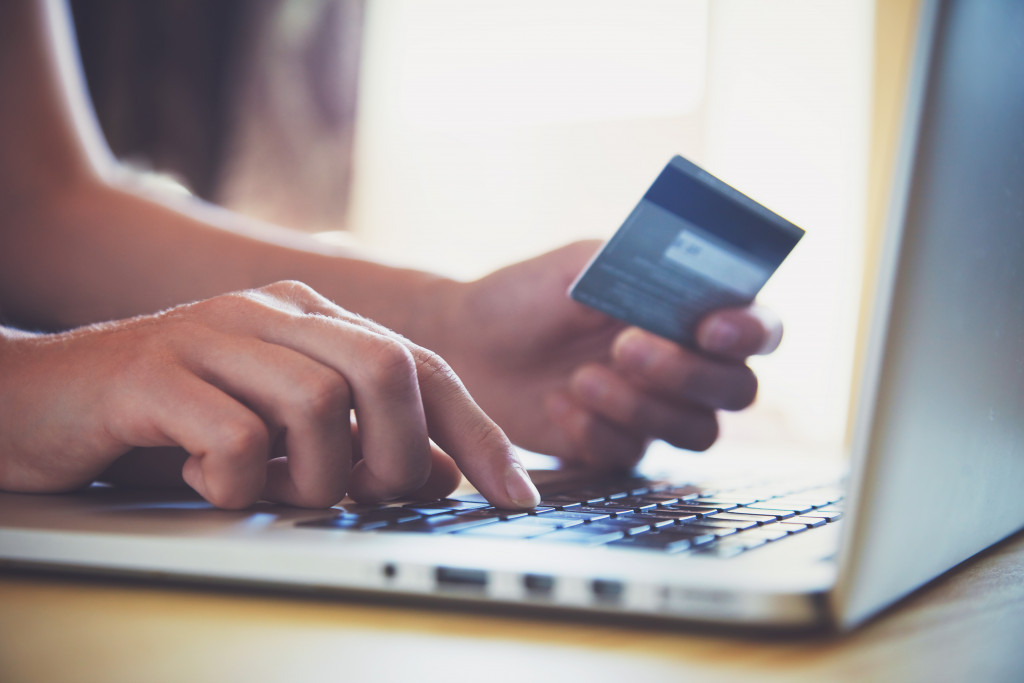The restaurant industry is known to be traditionally slow to adopt technology and other innovative solutions. Despite this fact, the foodservice industry continues to be a booming business, from national mega-chains to local favorites. But when the COVID-19 pandemic plague almost every aspect of our lives, the restaurant sector received the worst impact because of the growing economic crisis.
The idea of dining in at a coffee shop or restaurant completely changed since the onset of the pandemic. As governments ordered a nationwide lockdown, restaurants have to close down to follow the social distancing measures. As a result, the foodservice industry suffered from the financial burden of maintaining the inventory and infrastructure.
More than a year into the pandemic, consumers are returning to the public as the vaccine rollout progresses. This opened new opportunities for those planning to start a diner franchise and enter a financially rewarding endeavor during a pandemic.
While it might be tempting to resume business, it’s important to consider which tools can help you offer a safe dining experience and provide customers peace of mind. With that in mind, here are digital tools to help your restaurant business survive during the COVID-19 pandemic.
Online ordering applications
One of the most significant hurdles in the restaurant sector is the dwindling number of restaurant-goers. Many people are more hesitant about entering dining spaces in fear of acquiring the virus in their meals, utensils, or from other customers. Although cleanliness and food safety is critical in running a food business, safety precautions have never been more important in protecting the health of the staff and the public.
In times of health crisis, restaurants should leverage their safety measures by utilizing technology through online ordering applications. This technology allows diners to become accustomed to ordering food at home whenever they want it.
Food delivery applications, such as UberEats and Foodpanda, offer delivery solutions for small restaurants unable to provide delivery services or in-house ordering. While many diners still prefer the convenience of ordering from restaurants directly, these applications reduce contact between the customer and restaurant staff.
Today, we’re seeing a growing trend among fast-food chains investing in their own integrated applications and online ordering platforms. This means that technology allows the restaurants to stay digitally connected with their patrons despite the movement restrictions.
Contactless payments

While contactless technology is not entirely new in the restaurant sector, this modern digital tool gained a newer context because of the pandemic. Contactless technology has gone mainstream as people rely on digital transactions for their food purchases. A contactless solution is not just about placing orders online but also paying with a smartcard, smartwatch, or smartphone using an application or touchless device.
Although payment technologies such as tap-and-pay cards and mobile wallets have been around in the restaurant industry for years, the pandemic has further accelerated this trend. As restaurants gradually migrate away from cash in favor of cashless technologies, experts see a surge in digital transactions in the next few years. In fact, recent studies forecasted that contactless payments would grow by $2 trillion from $6 trillion by 2024.
Contactless payment offers plenty of benefits for consumers during this pandemic. By going digital, customers reduce human contact and eliminate the use of actual cash, making cashless payments safer, more hygienic, and convenient.
Online reservation and digital menus
Gone are the days of booking tables via phone call. Today, customers can easily reserve tables using online reservation systems. Applications such as OpenTable, Tablein, and Eat App offer customers the convenience to view available tables and request booking using their device. In turn, a reservation system allowed restaurants to manage seating, dining preferences, waitlists, and customer loyalty. It also lets them gather customer data for market insights and contact tracing.
Online reservation technologies are also offering unique features beyond the standard reservations. Instead of menu boards, digital menus are at the forefront of the restaurant sector. This tool lessens the use of paper and plastic options and eliminates the task of cleaning items after every use.
Customers can access the digital menu by using their smartphone camera to scan the QR code on coasters, posters, and tables. Instead of distributing menu boards around, restaurants can keep their diners safe with QR code technology.
The pandemic has accelerated the use of technologies in businesses, and the restaurant sector is no exception. As restaurants open their doors once again to their customers, it’s important to know which strategies and tools can help them navigate through the crisis and provide a safer dining experience for customers. Stay on the lookout for upcoming restaurant tech trends to gain a stronger footing regardless of the economic situation.

